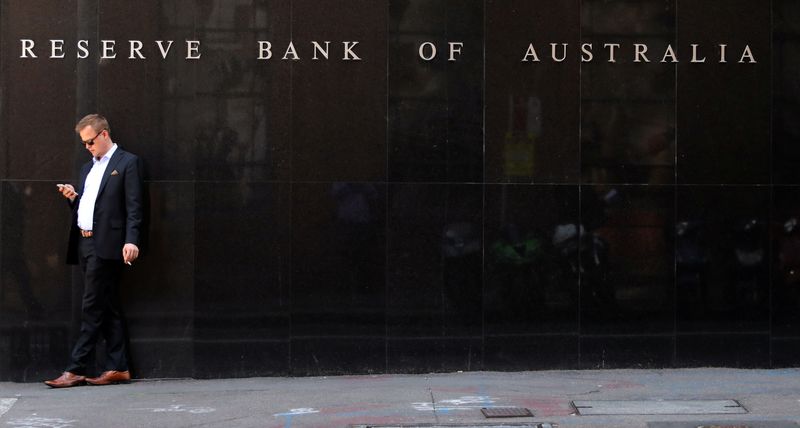
By Peter Hobson and Stella Qiu
CANBERRA/SYDNEY (Reuters) – Australia’s central bank is cautious about cutting rates further given cost pressures in a hot labour market, but it will respond if inflation slows more quickly than expected, senior officials said on Friday.
Speaking before lawmakers, Reserve Bank of Australia Governor Michele Bullock said the central bank was alert to the possibility that the labour market was signalling strength in the economy, which could delay the disinflation process.
“I think we are in a position now where we might have some more decreases in interest rates, but we’ve gotta be cautious,” said Bullock. “We are not pre-committed. We’re going to be data driven on this and I think people just have to be patient.”
On Tuesday, the RBA cut interest rates by a quarter-point to 4.1%, the first reduction in rates in more than four years.
One reason for the move, Bullock said, was the board did not want to be any later in cutting rates. The central bank had already lagged other major central banks in easing policy, having held rates steady for over a year until Tuesday.
The RBA cautioned, however, against expectations of further immediate rate cuts. One hurdle is the surprising strength in the labour market, which could stoke cost pressures and prevent core inflation from slowing to the middle of its 2%-3% target band, the central bank said.
The Australian economy has been steadily churning out new jobs for a year now, with the jobless rate holding near 4.0%. Still, inflation has subsided from a late 2022 peak of 7.8% to 2.4% in the fourth quarter of 2024, and annual wage growth has declined by one full percentage point over the past year.
That could be a sign the labour market is not generating much inflationary pressures, but the RBA still judged it to be tight relative to full employment. Officials on Friday said the central bank is constantly revisiting its assessment, admitting there is a risk it could be wrong.
“If we’re wrong and inflation moves more quickly downwards, you could celebrate that fact and policy will need to respond, but we’d rather wait and see than assume that’s what’s going to happen,” said Deputy Governor Andrew Hauser.
Hauser said it was not always true that central banks would keep easing policy once they start cutting rates.
Swaps imply that investors see just a 17% probability that the RBA will follow up with a cut in April, while a move in May is still priced at 70%. For this year, investors expect just 40 basis points of policy easing, equivalent to less than two standard quarter-point cuts.
(Reporting by Peter Hobson in Canberra, and Stella Qiu and Wayne Cole in Sydney; Editing by Leslie Adler, Sonali Paul and Tom Hogue)
EMEA Tribune is not involved in this news article, it is taken from our partners and or from the News Agencies. Copyright and Credit go to the News Agencies, email news@emeatribune.com Follow our WhatsApp verified Channel



